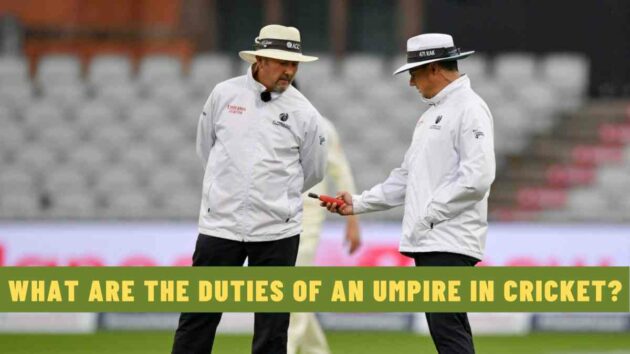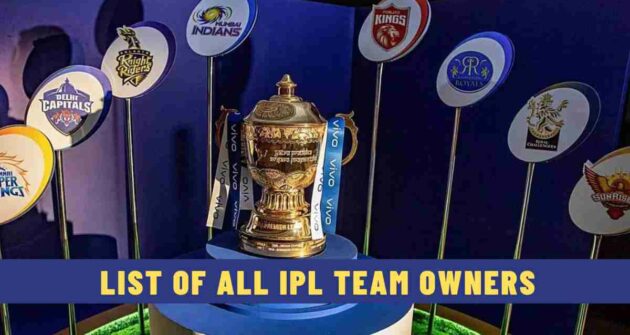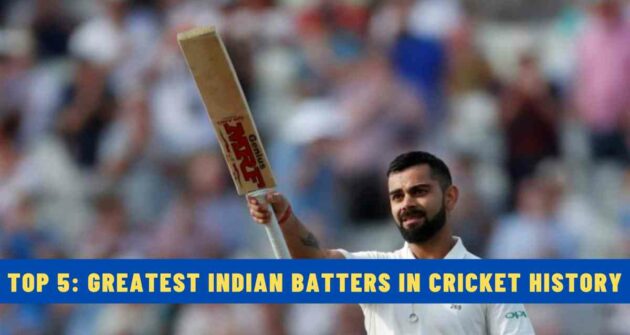Cricket is a battle between bat and ball, with 2 squads of 11 players each taking on one another. To ensure the battle plays out in a controlled manner, the governing bodies appoint umpires to officiate matches.
The umpires have a vital role in a cricket match, which starts before the game and ends with the conclusion. In between, they have to carry out certain duties set by the ICC or national boards.
So what are the duties of an umpire in cricket?
Let’s glance at the duties of a cricket umpire.
Pre-match Duties of a Cricket Umpire
Whenever an umpire is appointed to officiate a match, they have to finish some tasks before the match begins.
On match days, umpires must reach the stadium at least 45 minutes before the play starts.
Before the toss takes place, the umpires meet the captains and consult about the balls to be used, playing hours, determining the boundary, and usage of covers.
After the consultation with the captains, the umpires need to inform this to the scorers.
After that, the umpires inspect the pitch, the crease marking on both ends, and the boundary marking of the field. Moreover, they need to ensure the ground conditions and weather are safe for players and themselves.
In-match Duties of a Cricket Umpire
An international cricket match involves 4 umpires, with 2 of them present on the field. The 2 on-field umpires stand at the bowler’s end and the striker’s end alternatively throughout the match.
The on-field umpires ensure the match is happening according to the Laws of Cricket. They need to keep an eye on any unfair play carried out by either team.
They have to check if the balls, bats, stumps, bails, and any other equipment used during a match meet permissible limits.
If the playing conditions don’t allow the game to proceed smoothly, they can suspend the play until conditions improve. The umpires need to prioritise the safety of players and themselves.
Apart from this, they have to signal their decisions about dismissals, boundaries scored, extra runs given, or penalty runs awarded. The umpires need to signal this to the scorers.
They have to ensure 6 legal deliveries are bowled in an over, and any illegal delivery needs to be signalled.
The on-field umpires can take assistance from the third umpire for run outs, LBWs, no balls, and stumping decisions. They also refer to the third umpire if players take reviews.
The third umpires are equipped with a broadcast system where they can see all the live footage and arrive at decisions.
The fourth umpire acts as a reserve who can assume any of the 3 umpires’ roles if necessary. They also assist umpires with all the necessary equipment and drinks.
Post-match Duties of a Cricket Umpire
Once the match ends, the umpires have to ensure the scorecard is accurate, including the total runs scored, the number of wickets fallen, and the number of overs bowled. After that, they have to check the correctness of the match result.
The umpires have to cross-check the scorecard and result accuracy with the scorers during the match and after the match.
Read Next | What is the Role of a Match Referee in Cricket?











